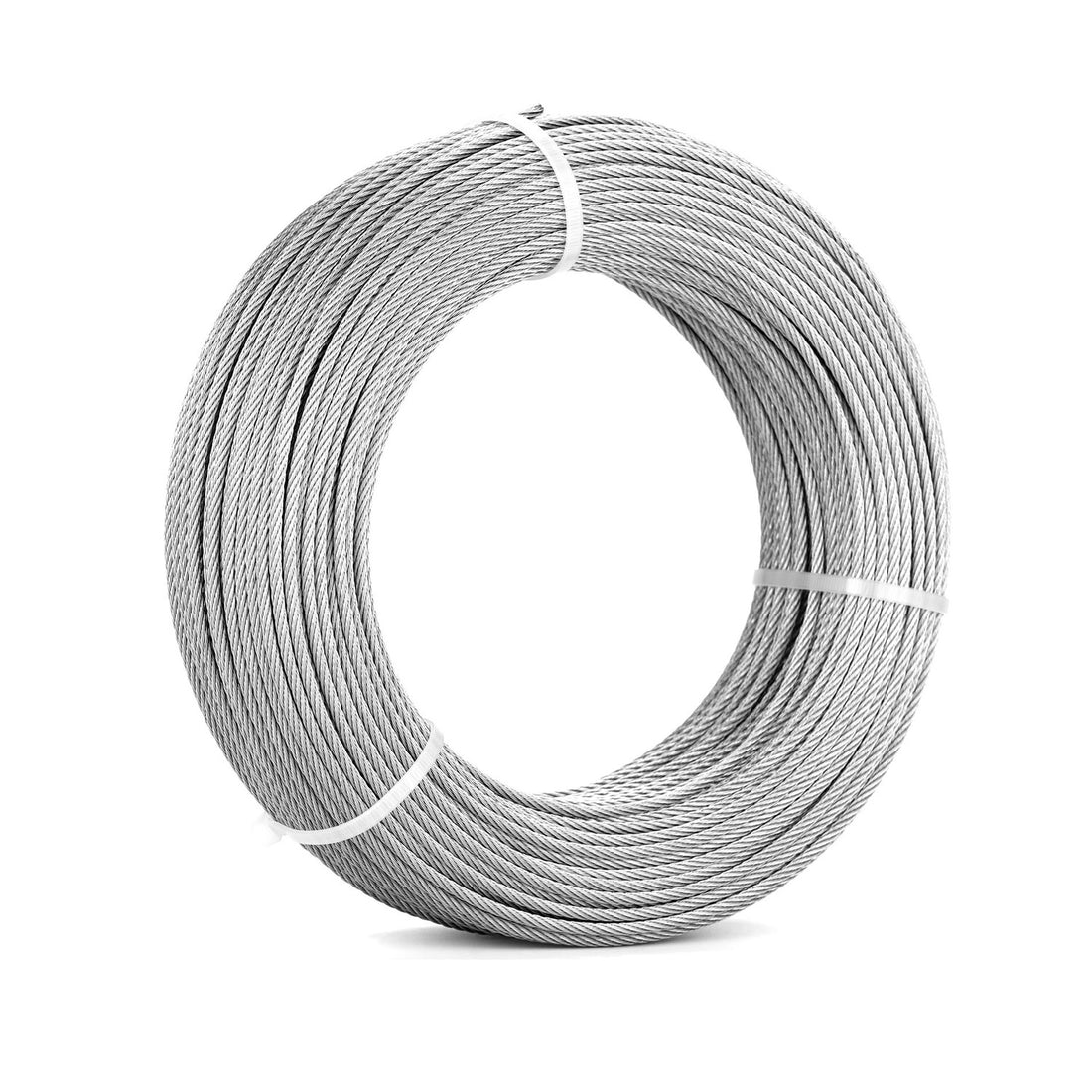Unlocking the Secrets: Mastering the Art of Stainless Steel Cable Crimping for Endless Applications!
Stainless steel cable crimping tools are essential instruments in various industries, offering durability and reliability for creating secure connections. These tools are designed to join metal cables by deforming a metal sleeve around the cable, ensuring a tight and robust hold. In this article, we aim to guide you through the intricacies of using stainless steel cable crimping tools effectively. Whether you are a hobbyist, a professional, or simply curious about their applications, this comprehensive guide will help you understand the tools' mechanics and usage. So, let’s dive into the world of stainless steel cable crimping and learn how to master this valuable skill!

Understanding Stainless Steel Cable Crimping Tools
Stainless steel cable crimping tools are specialized devices designed to compress a metal sleeve, known as a crimp, around a cable end or connector. These tools typically consist of a handle, a crimping die, and a mechanism that allows for controlled pressure application. There are several types of crimping tools available, including manual, hydraulic, and battery-operated models, each tailored for different cable sizes and materials. Manual crimping tools are suitable for lighter tasks, while hydraulic tools offer increased force for thicker cables. Each tool has its specific uses, such as marine applications, electrical connections, and rigging, making them indispensable in various fields. Understanding the specific components and types of these tools is crucial for selecting the right one for your project.
How to Use a Stainless Steel Cable Crimping Tool
Using a stainless steel cable crimping tool effectively can be broken down into several key steps. First, gather your materials: the stainless steel cable, the appropriate crimp sleeves, and the crimping tool. Begin by cutting the cable to the desired length using a cable cutter, ensuring the ends are clean and free of frays. Next, slide a crimp sleeve onto one end of the cable, followed by the connector, if applicable. Position the cable in the crimping die of the tool, aligning it with the crimp sleeve. Squeeze the handles of the crimping tool firmly until you hear a click, indicating a secure crimp. It’s essential to apply consistent pressure to avoid damaging the cable or sleeve. Always wear safety goggles to protect your eyes from metal fragments. Additionally, ensure you are working in a well-lit area to facilitate accuracy. Finally, inspect the crimped connection for any visible defects before proceeding with your project.
Common Mistakes to Avoid
Even experienced users can make mistakes when crimping cables. One common error is crimping the cable too loosely, which can lead to a weak connection that may fail under tension. To avoid this, always ensure that the cable is fully seated in the crimp sleeve before applying pressure. Another mistake is using the wrong size crimp sleeve; this can cause uneven crimping and compromise the connection's integrity. It’s also crucial not to rush the process; taking your time ensures accuracy and better results. Lastly, neglecting to inspect the finished crimp can lead to future problems, so always double-check your work before moving on.
Applications of Stainless Steel Cable Crimping Tools
The versatility of stainless steel cable crimping tools allows them to be utilized across various industries. In marine applications, they are used for rigging and securing boat components. In construction, these tools are crucial for creating strong connections in cable systems used for hoisting and support. Electrical engineers use crimping tools to connect wires and terminals safely, ensuring reliable power transmission. Even in the automotive industry, crimping tools are employed to create secure connections for wiring and other components. The durable nature of stainless steel cables makes them suitable for outdoor and harsh environments, further expanding their application scope.
DIY Projects and Beyond
For hobbyists and professionals alike, stainless steel cable crimping tools open up a world of possibilities in DIY projects. Whether it’s building custom cable assemblies for home improvement or crafting unique outdoor décor, these tools enable creators to achieve professional-quality results. A friend of mine recently used a crimping tool to create a sturdy cable railing for their deck, enhancing both safety and aesthetics. The ability to customize lengths and fittings means that anyone can tackle projects ranging from simple to complex, making these tools invaluable for those who enjoy working with their hands.
Mastering Stainless Steel Cable Crimping Tools
Mastering the use of stainless steel cable crimping tools is essential for anyone involved in construction, DIY projects, or other applications requiring secure cable connections. By understanding the different types of tools available, learning the proper usage techniques, and being aware of common mistakes, you can achieve reliable results in your projects. Remember, practice makes perfect! Take the time to experiment with these tools in various applications, and you’ll soon become proficient in their use. With this knowledge, you’ll be well-equipped to tackle any project that comes your way, embracing the endless possibilities that stainless steel cable crimping offers.








